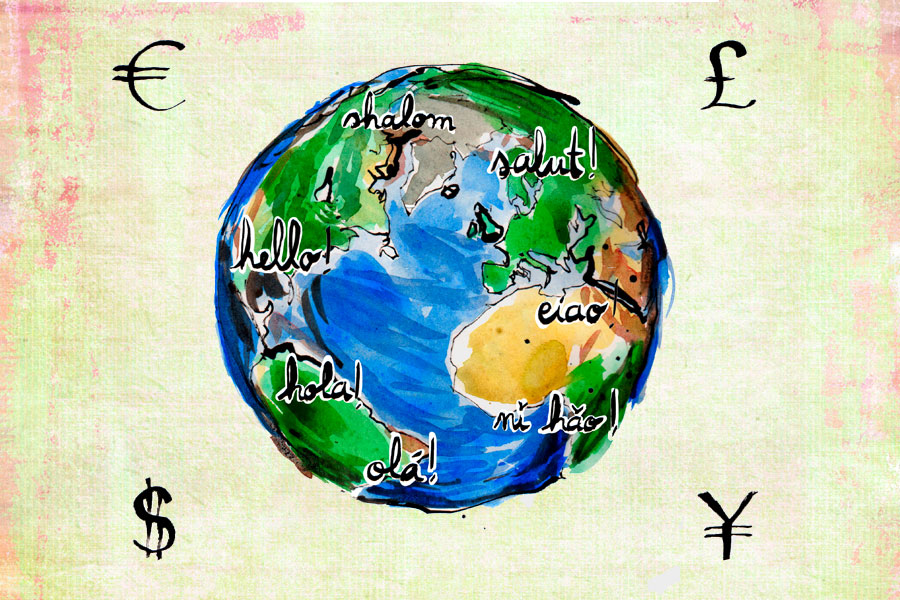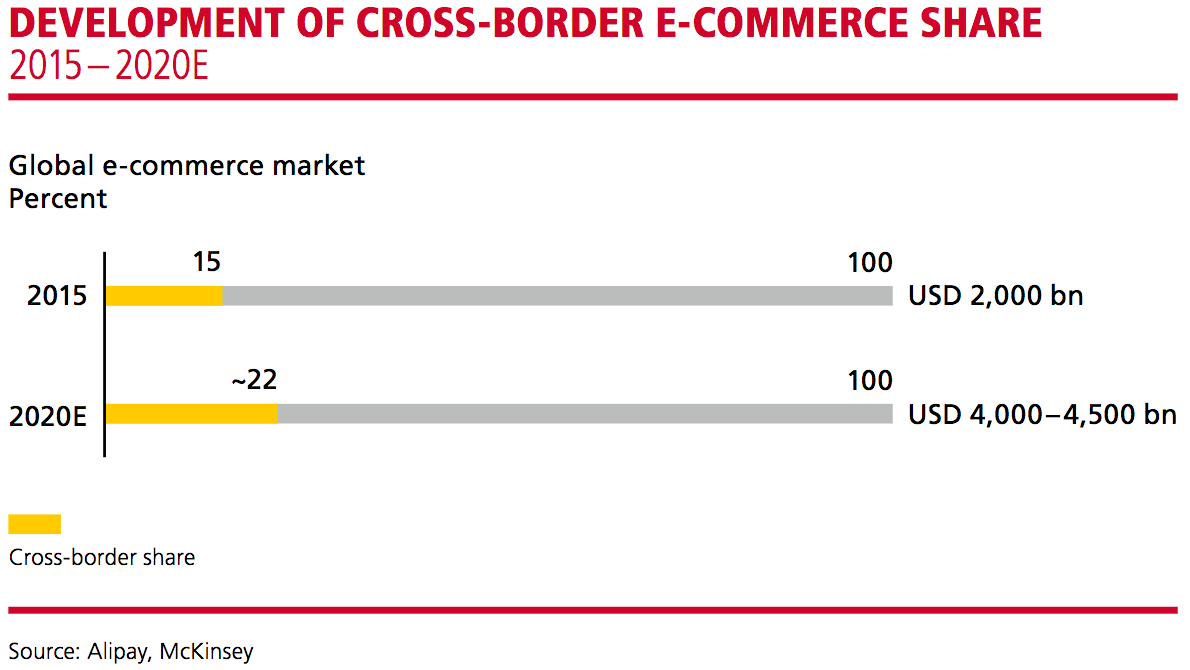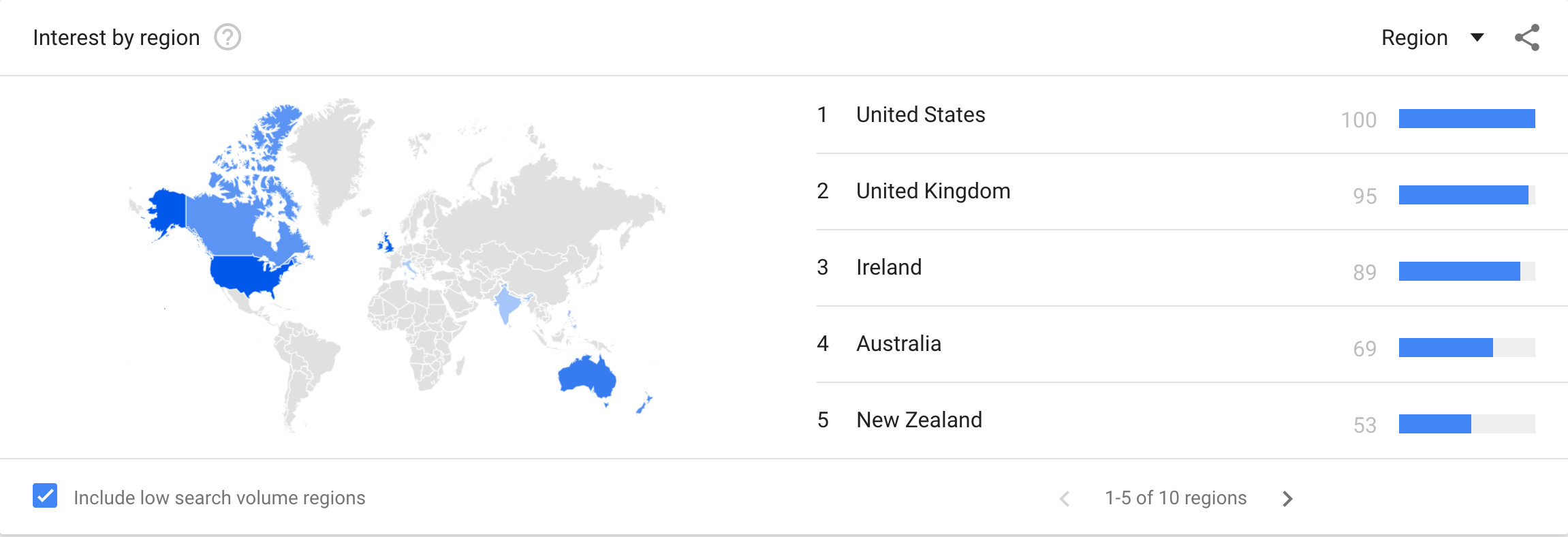Is Your Ecommerce Shop Thinking Globally?
December 18, 2017 - How To

You may not have made many international purchases if you’re from the United States, but Pitney Bowes found that more than 40 percent of global consumers have purchased something online from another country. After all, the United States manufactures a lot of products domestically, but the same isn’t true for most countries around the world.
[content_upgrade cu_id=”569″]Download Now: Global Ecommerce Preparedness Checklist[content_upgrade_button]Click Here[/content_upgrade_button][/content_upgrade]
For example, Australia has become an important international market for U.S. online merchants due to its high duty threshold and lack of local supply, which makes many products cheaper and more convenient to buy online than locally – even when factoring in shipping costs.
In the past, selling products around the world was only possible for large online retailers that were equipped to handle shipping, currencies, and customs. But new technologies have evened the playing field and made it easier for any merchant to reach these markets, with automatic currency conversion, integrated shipping methods, and easy-to-use localization tools.
Why Sell Globally?
The simple reason: You have an opportunity to make more money.
Online merchants that extended their product offerings to international customers boosted sales by 10% to 15%, according to a DHL’s The 21st Century Spice Trade: A Guide to Cross Border E-Commerce Opportunity. Even better, high basket value transactions – or those worth over US $200 – accounted for an outsized percentage of these sales. These orders tend to have greater profit margins, which often translate to top- and bottom-line improvements.
Online merchants that extended their product offerings to international customers boosted sales by 10% to 15%. Click To Tweet

Cross Border Ecommerce Market Share
Despite these benefits, many online merchants avoid selling internationally for the same reasons: Nearly three-quarters cite high shipping costs and 67% note complex logistics as hurdles to global operations. There are also potential issues with handling customer service, processing foreign payments, and dealing with returns or chargebacks. While these are important risks to consider, they shouldn’t preclude you from thinking globally.
Getting Started
The first step to selling around the world is to make a plan. It’s a good idea to start small by selling only a handful of items in one or two markets. You can then develop a better understanding of how the process works and feel more prepared to expand.
There are two key considerations when choosing markets:
Product Demand – Does the market have a strong demand for the products you’re selling? You can estimate demand for a product by country or region using tools like Google Trends or Export.gov. In general, it’s easier to sell to markets that are similar to your own (like the United Kingdom or Australia for a U.S. retailer) than exotic markets.
Country Requirements – Import/export regulations vary by country. For example, Australia has no requirements to setup a local entity and has a card-dominated payment culture while China doesn’t require a local entity and local payment methods can be easily integrated into most shopping carts.

Google Trends Example for “iPhone Charger” Search Term
It’s important to keep in mind that each country has its own nuances. For example, South Korea’s credit cards are co-branded with Visa and MasterCard, but require a market-specific authorization process that only works in Internet Explorer to be approved. It’s important to be aware of these issues to avoid any costly complications or setbacks.
Payments & Taxes
Credit cards may be widely used in several countries, but many have their own unique payment preferences. For example, only about one percent of online shoppers pay with international credit card brands in China and three-quarters of German shoppers don’t use credit cards when making purchases online. The ability to use local and alternative payment methods, like Alipay in China, Boletos in Brazil, or Griopay in Germany can make a big difference.
Some countries with non-credit card payment preferences include:
Country
Payment Methods
China
Alipay, Tenpay
Indonesia
Bank Transfer
Malaysia
Bank Transfer
Germany
SEPA Direct Debit, Giropay
Netherlands
iDEAL
Poland
Bank Transfer
Russia
Qiwi, Yandex
Sweden
Open Invoice
Argentina
Cash (RapiPago, PagoFacil)
Chile
Servipag
Source: Adyen
When it comes to taxes, U.S. companies are accustomed to paying sales and use taxes, but most other countries use value added taxes (VAT). This tax scheme requires tax payments to be remitted at every stage of the supply chain, including when purchases are made online. So, you will need to understand how much tax to collect and ensure that it’s being collected and remitted to make sure that you’re not hit with a large and unexpected tax bill!
The good news is that it is becoming easier to integrate these payment and tax systems into shopping carts. Many popular shopping carts include support for major payment processors and automatic tax calculations through either native support or plugins. For example, Foxy supports nearly 100 payment gateways and multiple alternate payment methods, as well as the ability to configure tax rates for different regions around the world.
Shipping & Logistics
International shipping and logistics is often a sticking point for many merchants looking to expand into international markets. While these shipments are more complex than domestic shipping, it might be easier than you think with the help of new technologies.
The first step is securing the proper customs documentation, which can often be obtained online or at your local post/shipping office. These forms tell foreign customs officials what’s in the package, how much it costs, and whether it was a gift or purchase. In rare cases, shipments may be stuck in customs for days or weeks, so it’s also important that the customer understands that you don’t have control over customs delays.
Customers may also have to pay additional fees, such as tariffs, duties, or taxes, upon delivery. It’s a good idea to send the customer this information in advance or include it on a policy page so that they’re not hit with unexpected fees. There are many customs duty calculators online that can help with these calculations. For example, SimplyDuty is a free tool that helps you quickly calculate duties for hundreds of destinations worldwide.
FedEx and UPS are global carriers familiar to many U.S. companies, but you may need to setup accounts with foreign carriers in certain countries. You might also want to consider fulfillment service providers that can step in and assist you in navigating a country’s laws and streamlining international orders.
Fortunately, most modern shopping carts integrate with major shipping companies to help customers calculate live shipping costs and accurately estimate delivery times.
Localization & Marketing
Localization involves changing site copy, images, and other elements to meet the needs of a specific geographical region or culture. For example, you may want to provide product descriptions and other information in foreign languages rather than having the customer be responsible for translating the website with a potentially-inaccurate browser extension and hoping for the best. The same goes for ads sending customers to those pages.
[content_upgrade cu_id=”569″]Download Now: Global Ecommerce Preparedness Checklist[content_upgrade_button]Click Here[/content_upgrade_button][/content_upgrade]
The best approach is to hire a translator that’s familiar with the target market and work with them to write copy that leverages the nuances of a language to improve conversions. They may also be able to help fine-tune marketing messages to achieve the same goal. If that’s out of your budget, there are many translation apps available to automate the process, but you may not have the best results depending on the complexity of the language and product.
Many shopping carts support multiple languages. For example, Foxy lets you modify all customer-facing language or use one of their existing translations. You have full control of language and dialect and can choose from different language sets depending on your needs.
Where to Go from Here
International ecommerce may sound intimidating, but modern technologies have made it easier than ever to sell abroad. By starting small in familiar markets, you can test the waters before moving into larger markets and expanding your presence around the world. Modern shopping carts – like Foxy – make it easy to expand your operations around the globe with support for multiple languages, currencies, tax zones, and shipping companies.